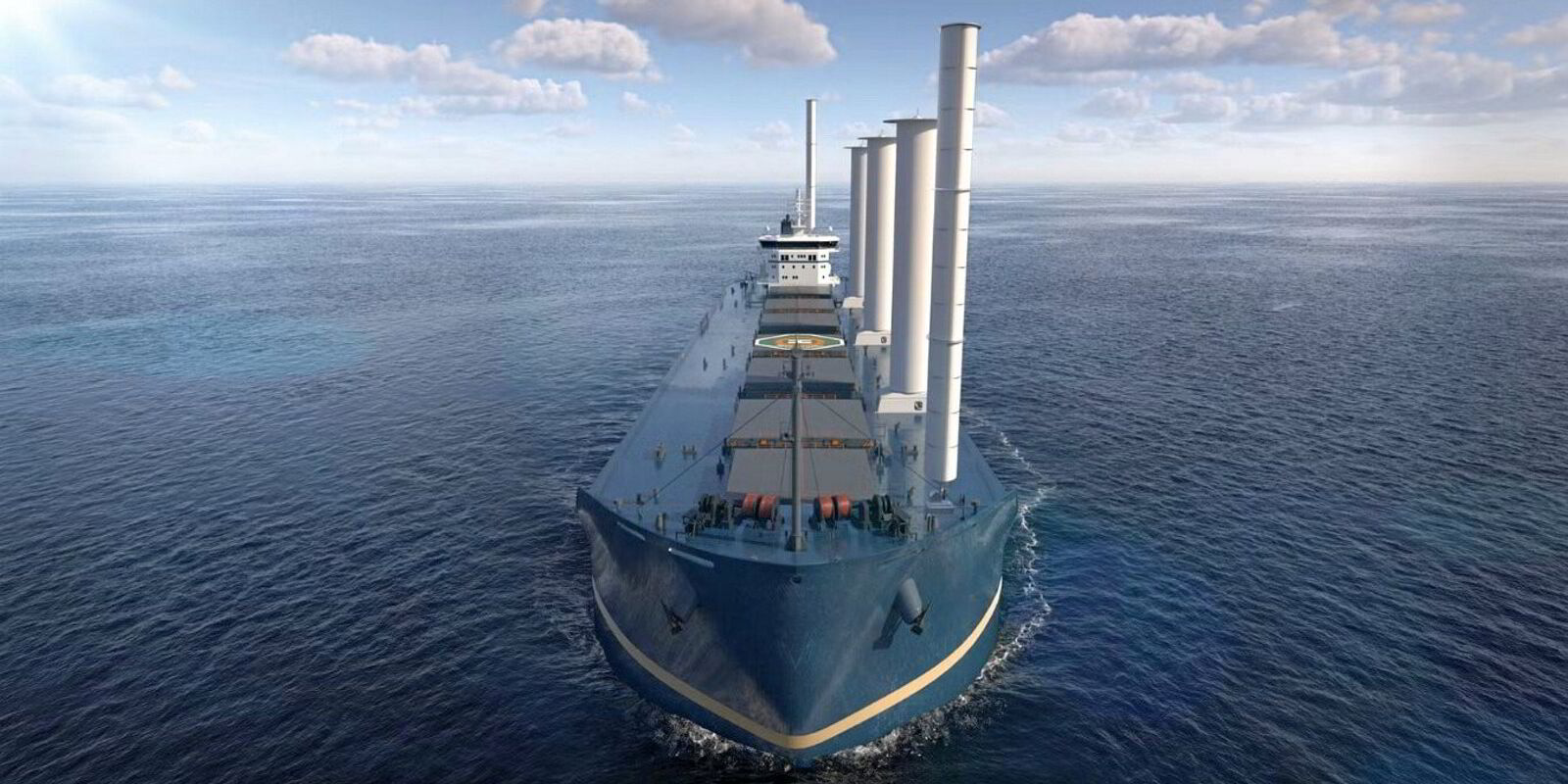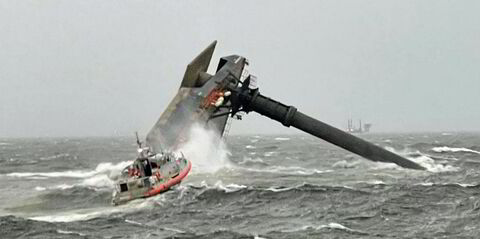Norway’s Kongsberg Maritime has unveiled a bulker design it says will reduce bunker consumption by up to 50%.
The “super-efficient” ship will redefine industry standards, offering owners the means to meet stringent future compliance targets without abandoning conventional fuels, the technology company claims.
Kongsberg has worked with designer Deltamarin in response to growing regulatory pressures on emissions and fuel efficiency.
Fuel savings will be between 40% and 50% depending on the operational profile, the company said.
The design has been based on an 82,000-dwt kamsarmax, which represents a “versatile choice as this vessel type often faces restrictions with the global availability of low-carbon fuels, making it an ideal candidate for the study,” Kongsberg added.
The ship features three tilting rotor sails and two suction wing sails to maximise wind power utilisation.
The new hull form will trap bubbles from an air lubrication system to reduce drag.
A patent application has been made for this aspect of the design, which works by introducing a one-degree slope from bow to stern, with vertically-turned bilge keels creating “walls” to keep bubbles in place.

The vessel integrates a hybrid shaft generator with frequency control, optimising electrical power usage and reducing emissions, as well as a hull-cleaning “skater” device.
An ‘eye-opener’
Oskar Levander, vice president of strategy and business development at Kongsberg, said many owners prefer to stick with conventional fuels.
“Our goal was to design a vessel capable of complying with predicted CII [Carbon Intensity Indicator] regulations throughout its lifetime, using advanced energy-saving technologies,” he added.
Levander said the project has been a “real eye-opener”.
“The combination of advanced technologies creates significant savings, making our new design a game changer. With a short payback period of five years, this vessel represents a smart investment for ship owners looking to reduce costs and meet future compliance targets,” he said.




